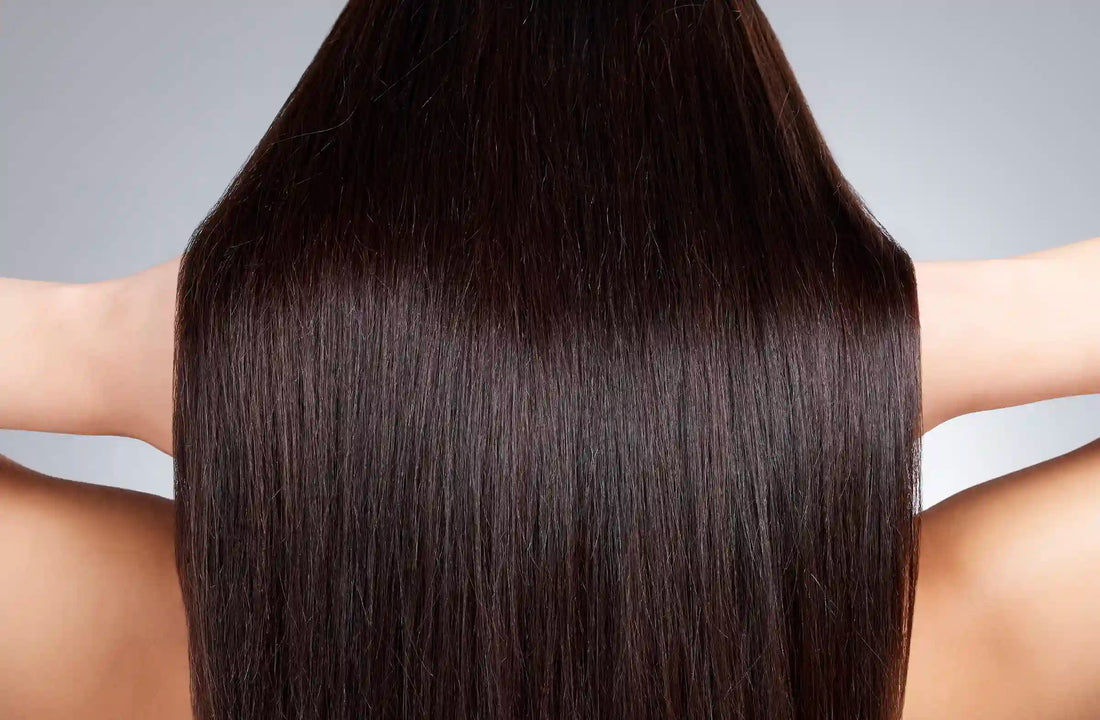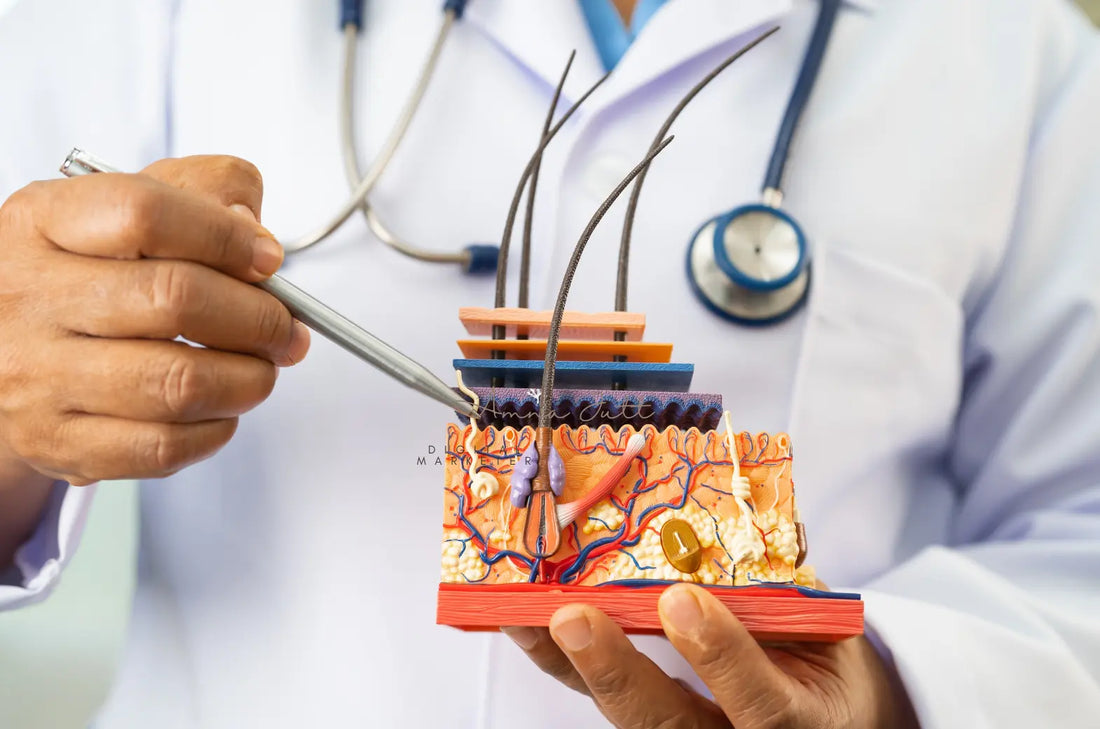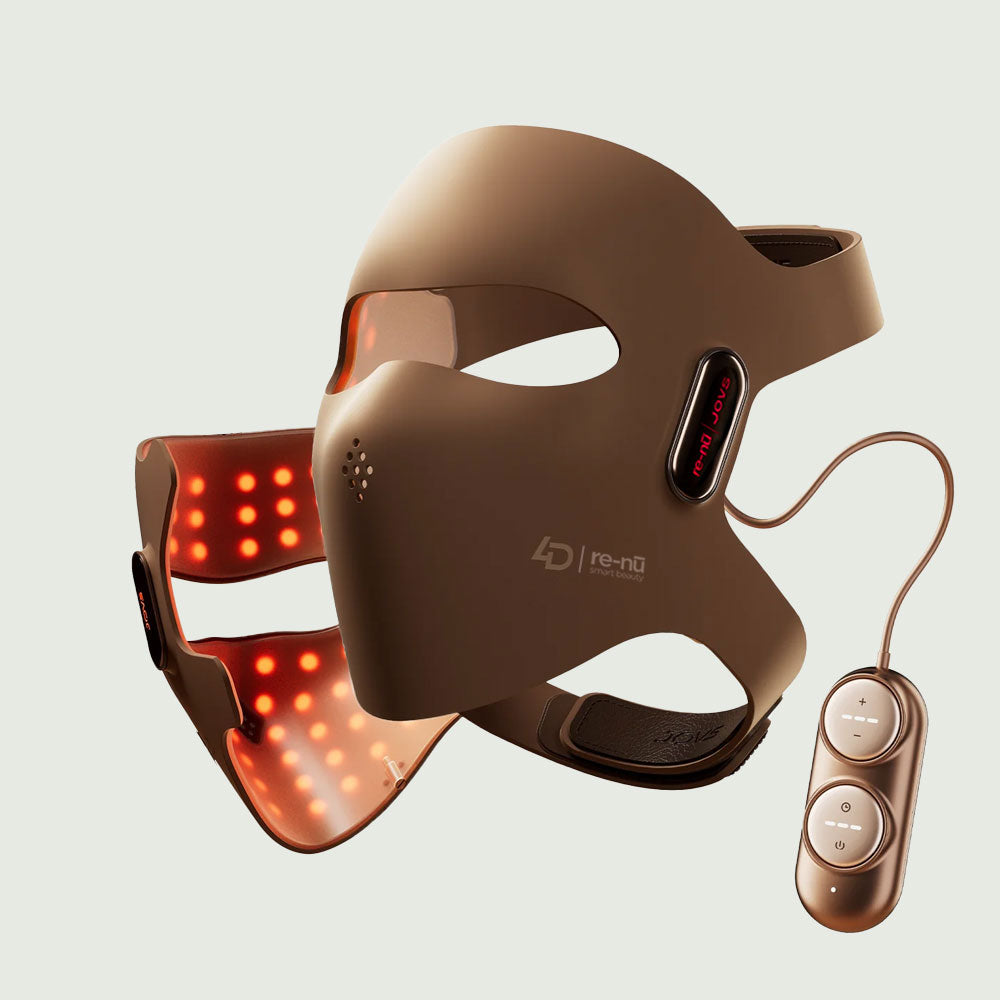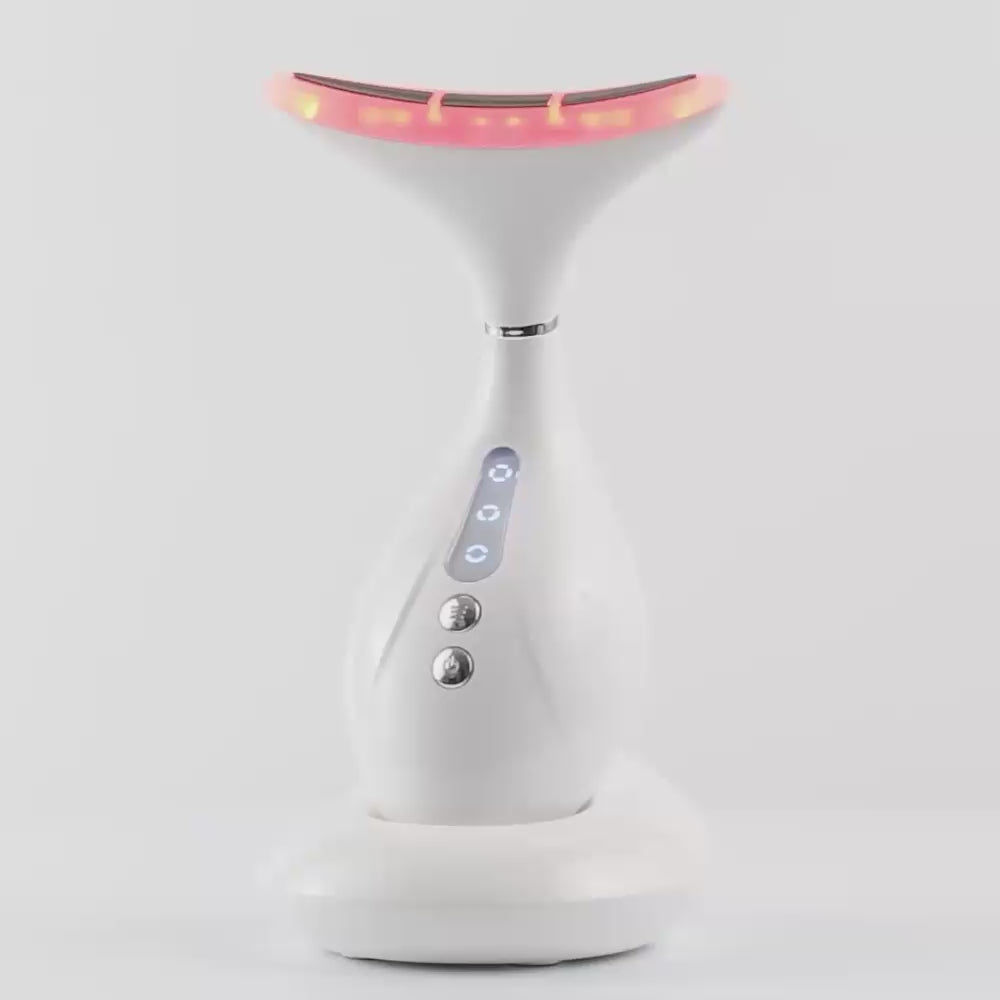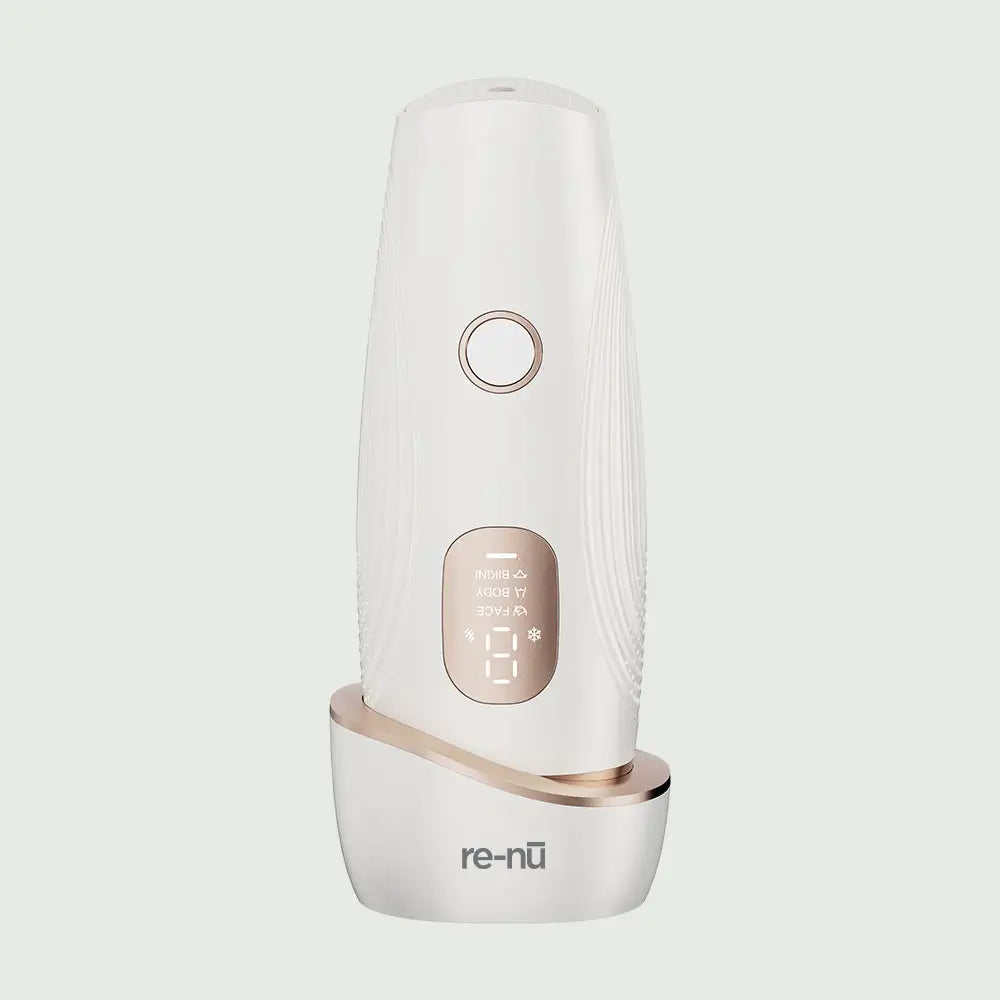As 2025 unfolds, red and near-infrared (NIR) light devices are becoming staples in modern beauty and wellness routines. These technologies, once exclusive to clinics, are now available for at-home use — helping people target skin concerns, boost recovery, and promote overall rejuvenation.
Understanding Red and Near-Infrared Light
Red and NIR light therapy use specific wavelengths to stimulate cellular energy (ATP) production, improve circulation, and support natural regeneration processes. Red light targets the skin’s surface layers, while near-infrared penetrates deeper to reach muscles and joints.
Types of At-Home Devices
Consumers can now choose from several at-home light therapy formats depending on needs and preferences:
-
LED Panels
Large panels offer full-body exposure, ideal for muscle recovery, joint comfort, or all-over rejuvenation.
-
LED Masks
Face masks provide targeted red light therapy for fine lines, breakouts, and texture improvement.
-
Handheld Devices
Portable and versatile, these tools target small areas like the jawline or neck with precision.
-
Multifunctional Beauty Tools
Devices combining LED, EMS, heat, or massage offer a complete spa-like experience in one handheld unit.
How to Use Light-Based Devices Safely
To get consistent results and avoid irritation, it’s important to follow safe usage guidelines:
- Read the manual. Each device has specific wavelength strengths and exposure times.
- Start slow. Begin with shorter sessions and increase gradually as your skin adapts.
- Clean after each use. Gently wipe with a soft, non-abrasive cloth to maintain hygiene.
- Protect your eyes. Some devices require goggles, especially near-infrared units.
Potential Applications at Home
Skin Support
Red light promotes collagen production and reduces inflammation, leading to smoother, firmer skin tone over time.
Hair & Scalp Care
Red and NIR light can help stimulate follicles and improve scalp circulation, supporting healthier hair growth.
Muscle & Joint Comfort
Near-infrared wavelengths penetrate deeper tissues, easing soreness, stiffness, and post-workout recovery.
Choosing the Right Device in 2025
When selecting a light therapy tool, consider:
- Wavelength range: Look for 630–660 nm for red and 810–850 nm for NIR benefits.
- Device coverage: Decide between facial-only or full-body panels.
- Portability: Compact tools work best for travel or quick touch-ups.
- Certifications: Prioritize FDA-cleared or CE-approved devices for quality assurance.
FAQs About At-Home Red and Near-Infrared Light Devices
How often should I use my device?
Most users benefit from 3–5 sessions per week, depending on device intensity and skin sensitivity.
Can I combine red light with skincare products?
Yes, but avoid reflective serums or heavy oils that can block light penetration. Use lightweight, non-occlusive formulas.
Is it safe for all skin types?
Red and NIR light are generally safe for all tones and types. Those with photosensitive conditions should consult a professional first.
Final Thoughts
At-home red and near-infrared light devices are shaping the future of self-care. By integrating consistent use with proper technique, users can enjoy long-term improvements in skin health, comfort, and confidence — all from the convenience of home.





